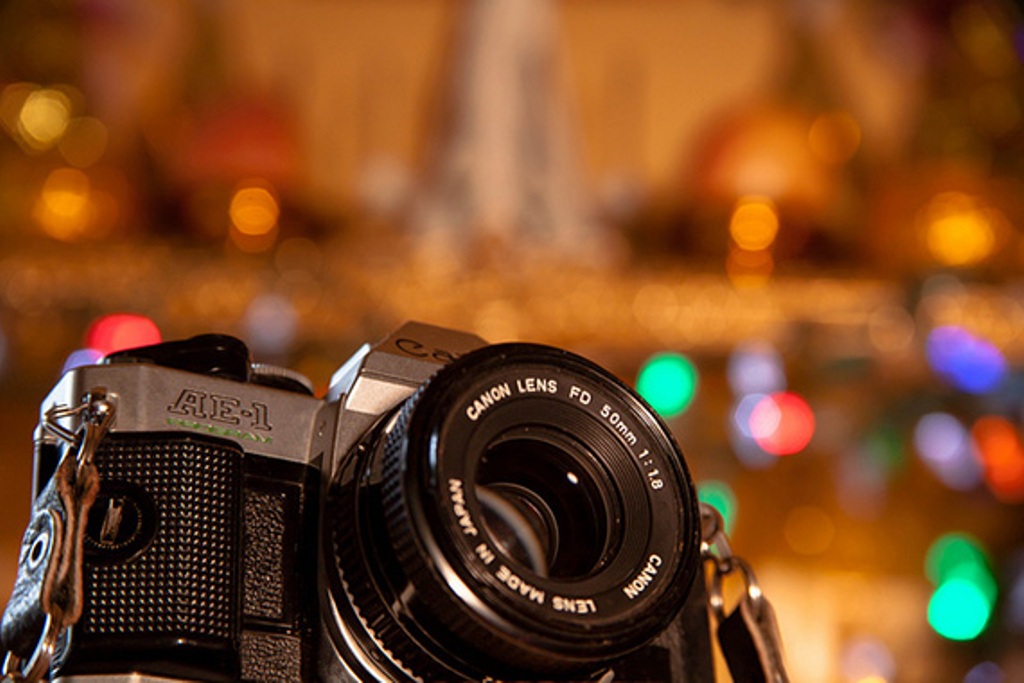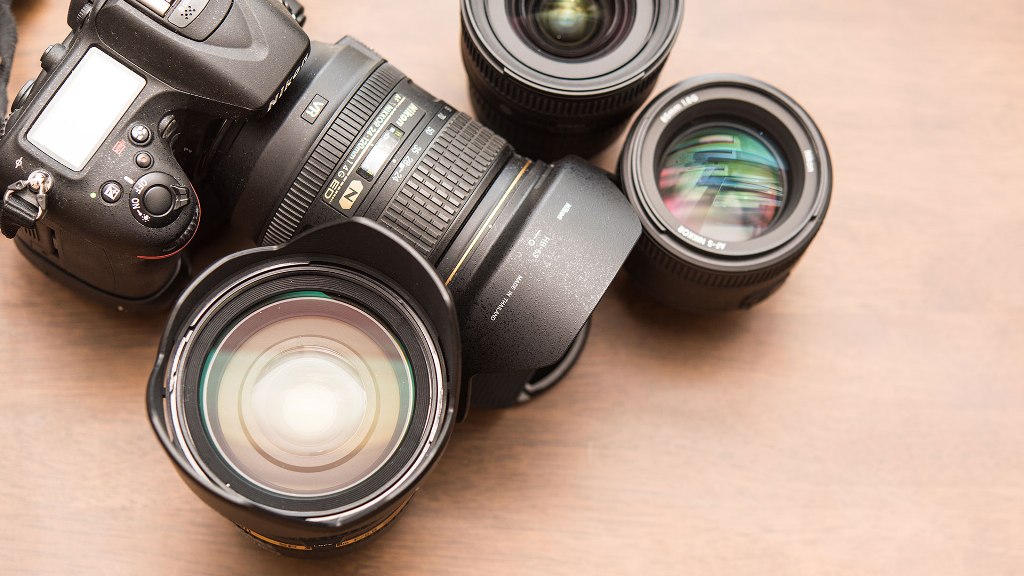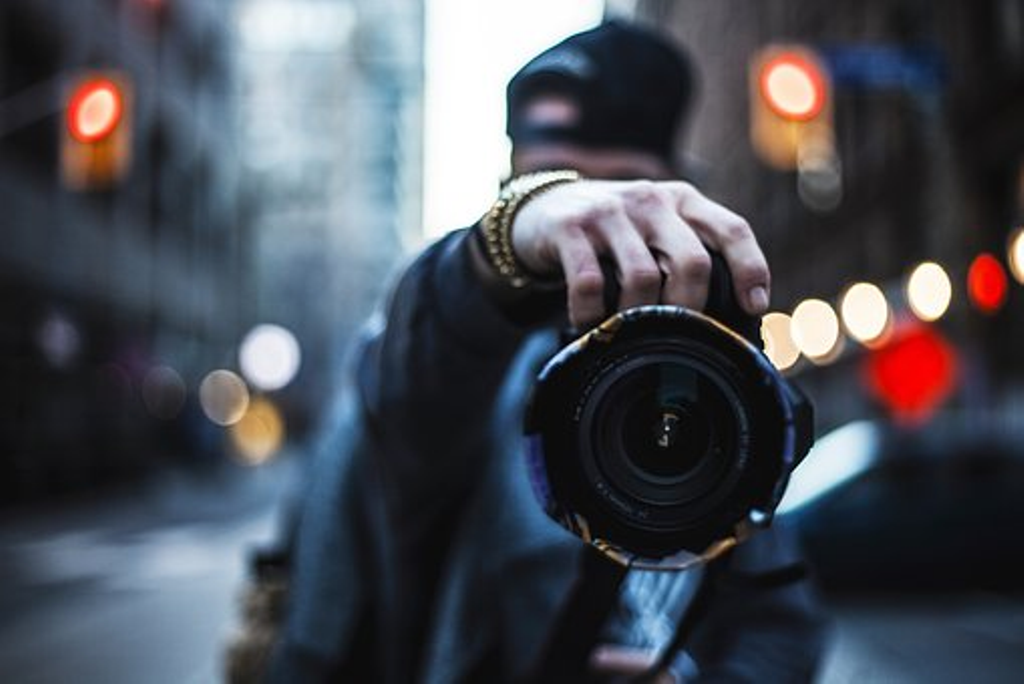An out-of-focus blur has that feel of aesthetic quality in a photograph. This is called as bokeh (usually pronounced as bo-kay) — originally a Japanese word boke, which means “haze” or “blur”.
As the soft and diffused-blur will highlight your subject, your photos will appear better than a brightly lit and painful-in-the-eyes image.
Indeed, a good background blur can create an artistic emphasis on a subject. Thus, this is a must-learn technique in photography.
Here are the steps in how you should do it properly and with ease.
Focus your eyes on the background.

It is all about the surroundings this time and not the subject itself.
Look first for sources of small pinpoints of light. Sunlight filtering through leaves and light passing through water droplets are good natural sources.
Manmade ones are perfect too. The city skyline and street lights at a distance will make a good pair.
You could be creative in your studio and use lighted up pieces of tin foil. Even fairy lights which are quite timely for Christmas celebrations could be used.
Also, if you are using a sidelight or backlight in your studio, the bokeh made using these will also be pleasing in the eyes.
Manipulate the depth of field.

In order to create a soft bokeh, one simple trick regarding the depth of field should be followed: the depth of field is the main factor which greatly influences the bokeh size.
The further the background means the more shallow the depth-of-field is. This now results in a more out-of-focus background. Whereas, an expansive depth of field creates a less blurred bokeh effect. This is how the depth of field is at work.
So, be close to your subject and make sure that it has a faraway background. Put the focal point on the subject and shoot.
This is a good remedy if you are shooting with smaller apertures like f/8.
In fact, this way of shooting is also used in making those very beautiful close-up portraits showcasing well-made bokeh.
Macro images of other things in nature like flowers are also a popular subject being applied by bokeh done through this way.
Use the widest aperture available.

It is important to know the widest aperture available because it is said that aperture greatly affects the depth of field.
As a quick trick to aid you in remembering it — those with smaller f/stop number would mean a larger aperture opening.
You’ll realize this when you put the camera into a full manual mode or Aperture Priority and you adjust it until such time that the background is out of focus.
In manual mode, you will have the opportunity to choose both your shutter speed and aperture.
Whereas, in Aperture Priority the camera chooses the appropriate shutter speed for the exposure while giving you the freedom in choosing for the f/stop.
A Flexible Program mode is also a good option. Wherein, you could possibly choose the widest of the possible combinations of aperture/shutter speed.
However, the degree as to how much can the light source be blurred also depends on the length of the lens.
Simply put, you should combine a large aperture with a long lens to come up with a large bokeh.
Use a good lens for bokeh.

If you are not satisfied with what you get in number 3, then maybe you are using a wrong lens in the first place.
A lens which has a wider aperture is the ideal here. Fast lens at an aperture of f/2.8 or wider is already great.
Also, lenses equipped with neutral density filters is an answer to bright light environment problems or you could also simply wait for near night time when the light is not that bright.
Anyway, as a rule of thumb, as a minimum, at least get lenses with f/1.4 to achieve that soft and dreamlike bokeh. A 50 mm f/1.8 prime is an affordable yet good choice as well.
Also, a best bokeh lens for cameras is the by-product of the shape of the aperture or the diaphragm blades of the lens. Circularly shaped blades are good because they produce a rounder and softer orbs of bokeh.
However, if you use a lens with a more hexagonal shape aperture, that shape will also be reflected in the highlights.
Don’t forget to remember that the more aperture blades there are in a lens, the smoother the edges of the bokeh circles will be.
Lastly, prioritize prime lenses because they tend to have better bokeh than other lenses could have. This is because prime lenses usually have wider apertures.
Conclusion:
There are plenty of available lenses for you to choose from in case you want to master the art of making bokeh. Master the easy steps of finding a good light source, shoot close and maintain a shallow depth of field. Through these, your subject will definitely stand out from the rest of that beautiful and meticulously sought background.

